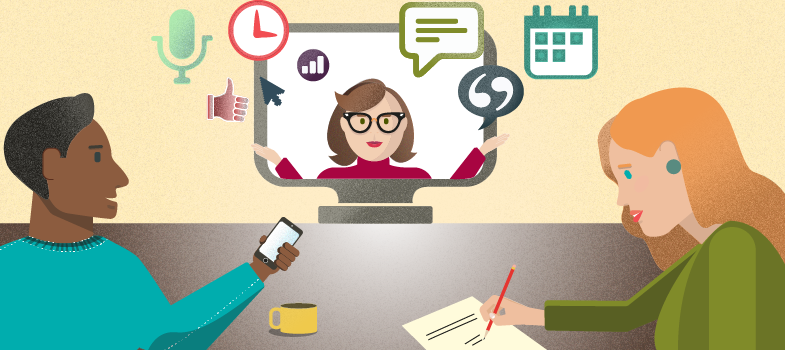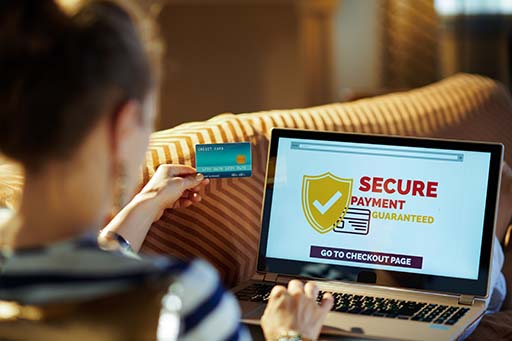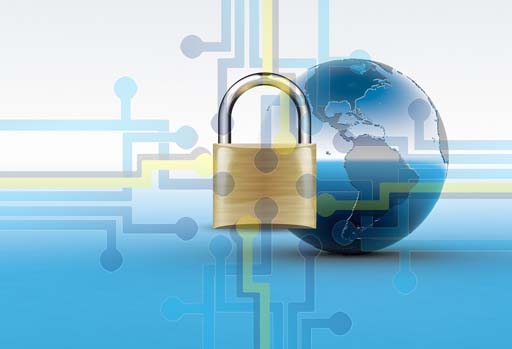Protecting your financial information
Using online accounts to make purchases can be more convenient. However, registered accounts contain sensitive information like your card details and your address, so you should only share them with sites that you trust. This section will focus on protecting your financial information.
It is a good idea to only buy from trusted retailers. These might be retailers you have shopped with on the high street, such as Marks and Spencer, or an online store with lots of positive reviews. One way to make sure a website is legitimate is to check the web address (URL).
Does the web address look strange?
Does the web address look different from the website you intended to make a purchase from?
Does the web address have lots of numbers and jumbled letters?
If the answer to any of these three questions is yes, it is probably not a genuine website and it is not safe to make a purchase there.
You should also check that the web address starts with ‘
Beware of pop-up messages that warn you about a website’s security certificate. They may direct you to a fake website that is designed to trick you into handing over your security details.
The padlock symbol is not a guarantee of safety – it just means that no one can steal your information as it goes from your device to the website. However, the website could be fraudulent, or it could be a legitimate website that has been hacked.
We should always make sure we do other checks, such as those listed on the 'checklist for safe shopping' on the next page. If you ever have any doubts, it is best to leave the page.
Setting up an account


